Thanh Dat Hoang
On Node Features for Graph Neural Networks
Nov 20, 2019
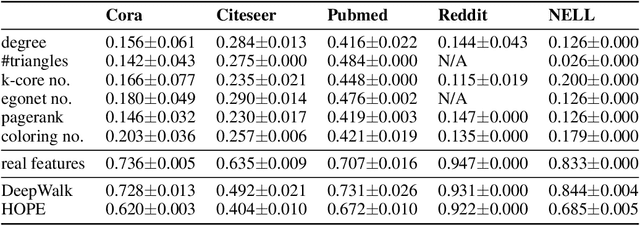

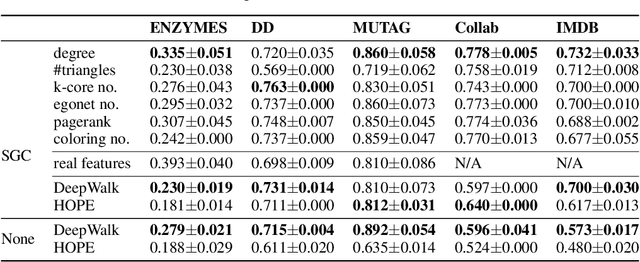
Abstract:Graph neural network (GNN) is a deep model for graph representation learning. One advantage of graph neural network is its ability to incorporate node features into the learning process. However, this prevents graph neural network from being applied into featureless graphs. In this paper, we first analyze the effects of node features on the performance of graph neural network. We show that GNNs work well if there is a strong correlation between node features and node labels. Based on these results, we propose new feature initialization methods that allows to apply graph neural network to non-attributed graphs. Our experimental results show that the artificial features are highly competitive with real features.
Parallel Computation of Graph Embeddings
Sep 06, 2019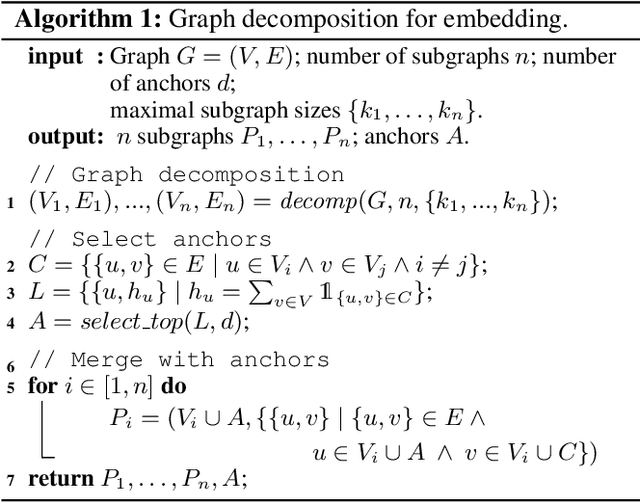
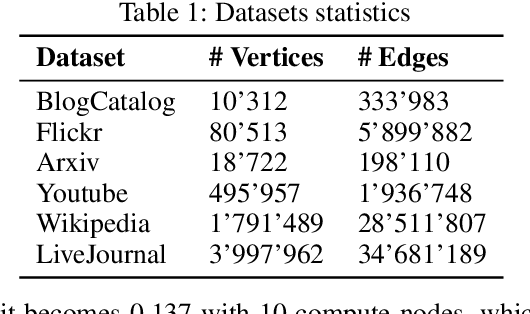
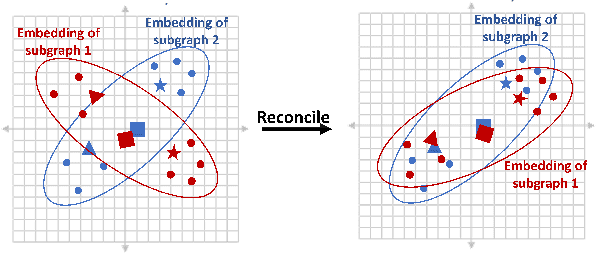

Abstract:Graph embedding aims at learning a vector-based representation of vertices that incorporates the structure of the graph. This representation then enables inference of graph properties. Existing graph embedding techniques, however, do not scale well to large graphs. We therefore propose a framework for parallel computation of a graph embedding using a cluster of compute nodes with resource constraints. We show how to distribute any existing embedding technique by first splitting a graph for any given set of constrained compute nodes and then reconciling the embedding spaces derived for these subgraphs. We also propose a new way to evaluate the quality of graph embeddings that is independent of a specific inference task. Based thereon, we give a formal bound on the difference between the embeddings derived by centralised and parallel computation. Experimental results illustrate that our approach for parallel computation scales well, while largely maintaining the embedding quality.
 Add to Chrome
Add to Chrome Add to Firefox
Add to Firefox Add to Edge
Add to Edge